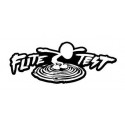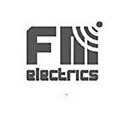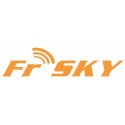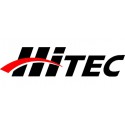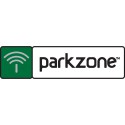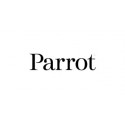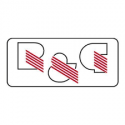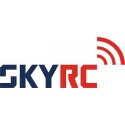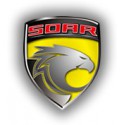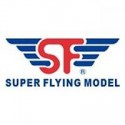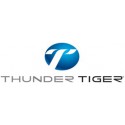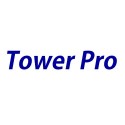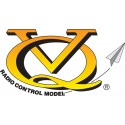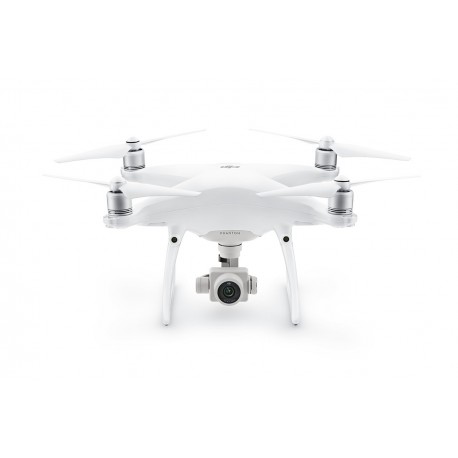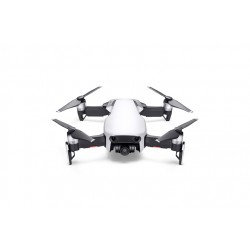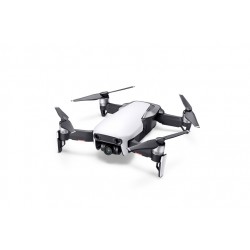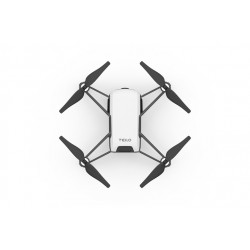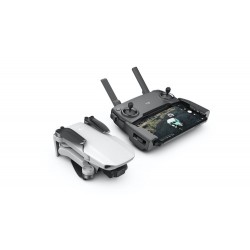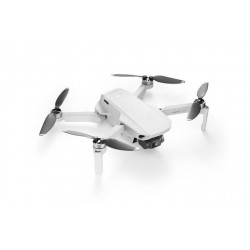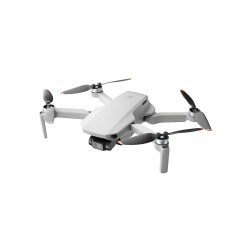Sem produtos
Preços com IVA
Linha Hobby
Produtos visualizados
DJI Phantom 4 PRO+
DJI125133
Novo produto
Por encomenda - (7 - 10 dias úteis)
Mais informação
PHANTOM 4 PRO+ (with screen 5.5'-1080p-1000cd/m²)
VISIONARY INTELLIGENCE. ELEVATED IMAGINATION
All-new DJI Phantom camera with 1-inch 20MP Exmor R CMOS sensor, longer flight time and smarter features.
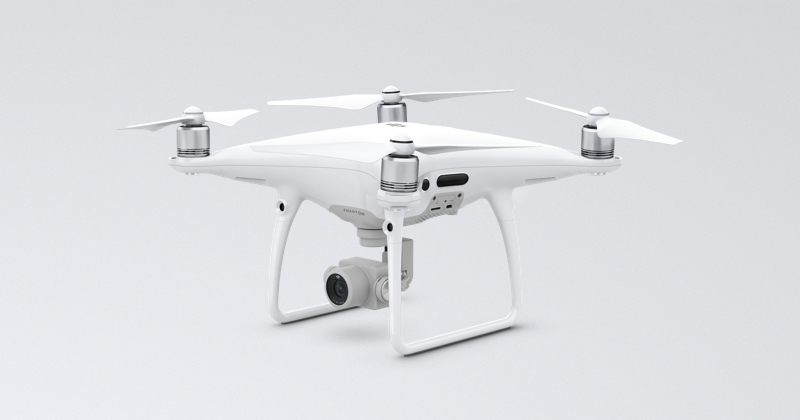
An uprated camera is equipped with a 1-inch 20-megapixel sensor capable of shooting 4K/60fps video and Burst Mode stills at 14 fps. The adoption of titanium alloy and magnesium alloy construction increases the rigidity of the airframe and reduces weight, making the Phantom 4 Pro similar in weight to the Phantom 4. The FlightAutonomy system adds dual rear vision sensors and infrared sensing systems for a total of 5-direction of obstacle sensing and 4-direction of obstacle avoidance.
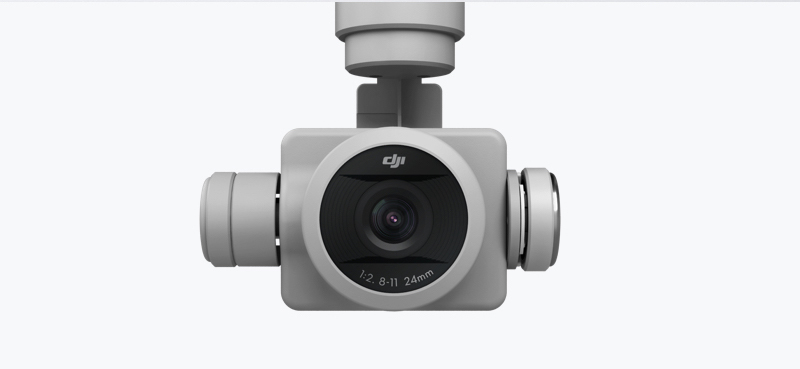
Camera with 1-inch 20MP Sensor
The onboard camera has been redesigned to use a 1-inch 20-megapixel CMOS sensor. A custom engineered lens made up of eight elements is arranged in seven groups, it is the first DJI camera to use a mechanical shutter, eliminating rolling shutter distortion which can occur when taking images of fast moving subjects or when flying at high speed. In effect, it is as powerful as many traditional ground cameras. More powerful video processing supports H.264 4K videos at 60fps or H.265 4K at 30fps, both with a 100Mbps bitrate. Advanced sensors and processors ensure everything is captured with more image detail and the image data needed for advanced post-production.
The Phantom 4 Pro camera system has been significantly upgraded from the Phantom 4, improving every part of the camera including, sensor size, resolution, image processing system, and more, making it the most powerful Phantom camera ever.
1-inch 20-megapixel CMOS
Sensor size is more important to image quality than the number of pixels because a larger sensor captures more information in every pixel, improving dynamic range, signal-to-noise ratio, and low light performance. The 1-inch 20-megapixel CMOS sensor in the Phantom 4 Pro is almost four times the size of the Phantom 4's 1/2.3in sensor. It uses larger pixels and has a maximum ISO of 12800 as well as increased contrast. It is good enough for images to be used immediately, while also capturing enough detail for advanced post-processing.
Production optimized 4K
An enhanced video processing system allows video to be captured in cinema and production optimized DCI 4K/60 (4096 x 2160/60fps) at a bitrate of 100Mbps, enabling you to get high-resolution slow motion shots. The Phantom 4 Pro also supports the H.265 video codec (Maximum resolution 4096X2160/30fps). For a given bitrate, H.265 doubles the amount of image processing as H.264, resulting in significantly enhanced image quality. Record in the high dynamic range D-log mode to make the most of this image data for color grading.
High resolution lens
The resolution and contrast of a lens is critical to image quality, because only a quality lens can capture sharp, vivid photos at high resolutions. The brand new Phantom 4 Pro camera has an aerial optimized F2.8 wide-angle lens with a 24mm equivalent focal length. It features eight elements – 2 aspherical – arranged in seven groups that fit into a smaller, more compact frame. Its images are consistently detailed with low distortion and low dispersion, ensuring that photos and videos are sharp and vivid. For the first time ever with a DJI camera, MTF (Modulation Transfer Function) results have been made public, so people can get a better understanding of lens performance.
Capture Every Moment
Aerial imaging is not only used to capture landscapes; it brings new perspectives to everything from action scenes to motor racing. Capturing objects moving at high speed has always been a challenge for flying cameras using an electronic shutter. This is why the Phantom 4 Pro is the first DJI Phantom to use a mechanical shutter and a large-aperture prime lens. A mechanical shutter with a max speed of 1/2000s eliminates rolling shutter distortion which can occur when taking images of fast moving subjects or when flying at high speed. The electronic shutter has also been improved with a max shutter speed of 1/8000 seconds, and a new Burst Mode shoot capable of shooting 14 fps at 20 megapixels to catch the perfect moment.
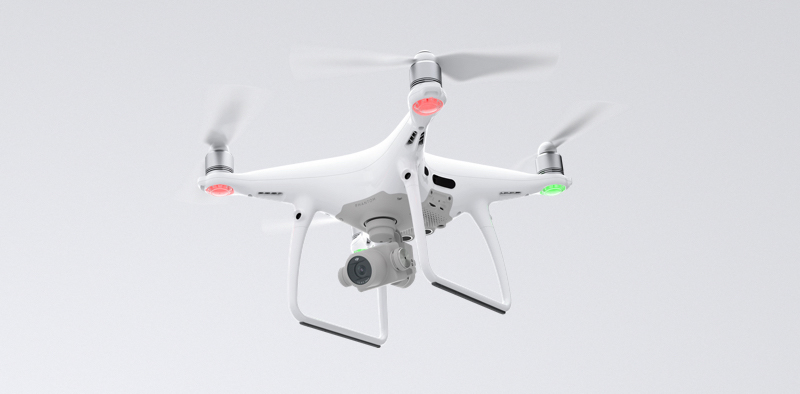
5-Direction of Obstacle Sensing
FlightAutonomy is expanded with an additional set of high-resolution stereo vision sensors placed at the rear in addition to the pair placed at the front as well as infrared sensing systems placed on the left and right sides. This network creates a total of 5-direction of obstacle sensing and 4-direction of obstacle avoidance, protecting the Phantom 4 Pro from more obstacles and giving filmmakers the confidence to capture more complex images.
Pilots always need to be aware of obstacles when shooting from the air. This is a challenge for beginner pilots as well as experienced pilots, especially when sight lines are obstructed. The Phantom 4 Pro is equipped with an environment-sensing system based on stereo vision sensors and infrared sensors. It is able to detect obstacles 98ft (30m) in front, allowing it to plan its flight path to avoid them or simply hover in the event of an emergency. This same system also allows it to hover in position without GPS. Combined with infrared sensors on its left and right sides, the Phantom 4 Pro can avoid obstacles in a total of four directions. Forward and rearward obstacle sensing range has been increased, allowing the Phantom 4 Pro to fly at 31mph (50kph) with full protection of its stereo vision obstacle sensing system. It makes fast, dramatic video easier and ultimately safer to capture.
6-camera navigation system
Three sets of dual vision sensors form a 6-camera navigation system that works constantly to calculate the relative speed and distance between the aircraft and an object. Using this network of forward, rearward and downward vision sensors, the Phantom 4 Pro is able to hover precisely in places without GPS when taking off indoors, or on balconies, or even when flying through windows with minimal pilot control. In the unlikely event that front and downward sensors are unable to operate, the aircraft can still hover in place using the rear stereo vision system. The Phantom 4 Pro also is able to fly in complex environments at a flight speed of up to 31mph (50kph) while avoiding obstacles in its path. In Narrow Sensing Mode, the Phantom 4 Pro narrows its sensing scope enabling it to see in more detail and fly through small spaces.
Infrared sensing system
The Phantom 4 Pro is the first DJI aircraft to use an infrared sensing system. Placed on the left, and right sides of the aircraft, these measure the distance between the aircraft and any obstacles using infrared 3D scanning. When in Beginner Mode and Tripod Mode, these sensors have a horizontal field of view of 70° and a vertical field of view of 20°, providing a wide view of the scene to the sides of the Phantom, and a maximum range of 23ft (7m). Traditional ultrasonic sensors only have a detection range of 3-5m and may be confused when affected by propeller vibration or when sensing uneven surfaces. The infrared sensing system is able to sense larger areas and measure the distance between the aircraft, identifying the closest objects accurately while avoiding interference, providing more reliable sensing and protection.
Remote Controller with Built-in Screen
The Phantom 4 Pro controller integrates an upgraded Lightbridge HD video transmission system that adds 5.8 GHz transmission support. The ability to choose between 2.4GHz and 5.8GHz allows pilots to cut through interference and eliminates image lag caused when flying in an area with extensive 2.4GHz frequency use. Normally, Wi-Fi video transmission systems use a 2.4GHz frequency to work with a controller using a 5.8GHz frequency as this prevents interference that can occur when both use the same frequency. If using the same frequency the video transmission system and the remote controller will interfere with each other, causing image lag. The use of two different frequencies has drawbacks in terms of flight performance. For example, flight performance will be affected when either of the two frequencies suffer interference.
The Lightbridge HD video transmission system used in the Phantom 4 Pro uses TDM (Time Division Multiplexing) to transmit signals, allowing it to send controller signals and receive video transmission signals at the same frequency. As the 2.4GHz frequency band is often affected by Wi-Fi, 4G cell towers, and other types of interference in urban areas, a 5.8GHz band will increase transmission reliability. When switched on, the Phantom 4 Pro evaluates local signal levels, automatically choosing the transmission frequency with the lowest level of interference. This ensures the optimum range of a maximum video transmission of 4.3mi (7km)*
A 5.5in 1080p screen integrated with the Phantom 4 Pro+ offers 1000 cd/m2 of brightness, more than twice as bright as conventional smart devices. It makes bright, vivid colors easily visible in direct sunlight. With this screen, a mobile device is not required, simplifying pre-flight preparations. As the DJI GO app is built into the screen, hardware and software can be fully optimized, further reducing video lag. Integration of an HDMI port, Micro SD card slot, microphone, embedded loudspeaker, and Wi-Fi connection allow images to be edited inside DJI GO to be shared almost instantly. Lastly, a five-hour battery life makes the Phantom 4 Pro + a complete aerial imaging solution.
*Unobstructed, free of interference, when FCC compliant.
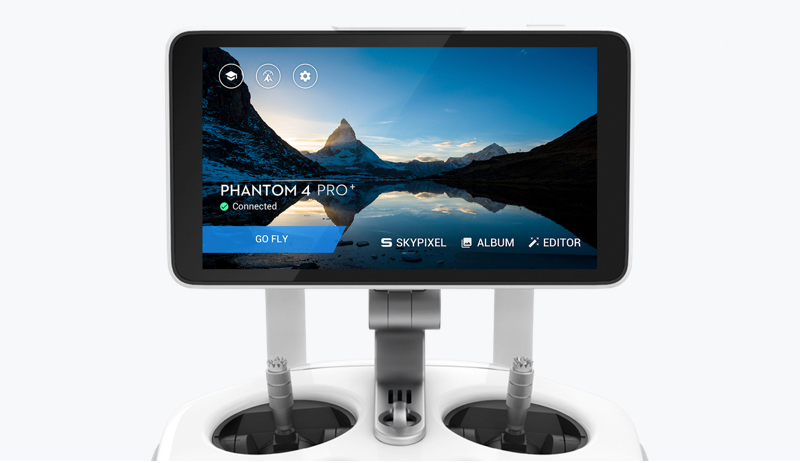
INTELLIGENT FLIGHT | FLIGHT PERFORMANCE
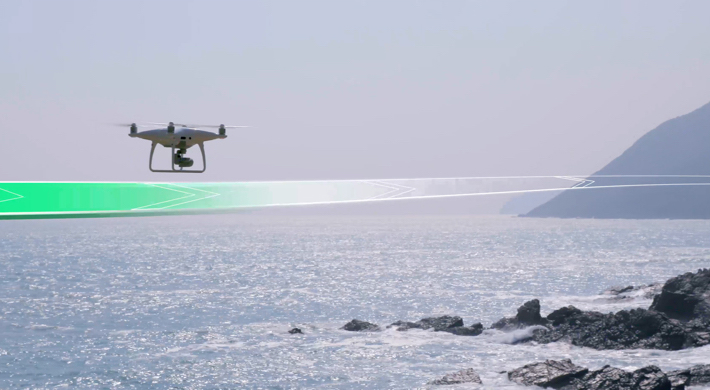
Draw
Draw is a brand new technology for waypoint control. Simply draw a route on screen and the Phantom 4 Pro will move in that direction while keeping its altitude locked. This allows the pilot to focus on camera control and enables more complex shots. There are two Draw modes that can be used in different scenarios.
Standard: The aircraft follows the route at a constant speed with the camera facing in the direction of flight.
Free: The aircraft only moves along the route when instructed. In this mode, the camera can face in any direction during a flight.
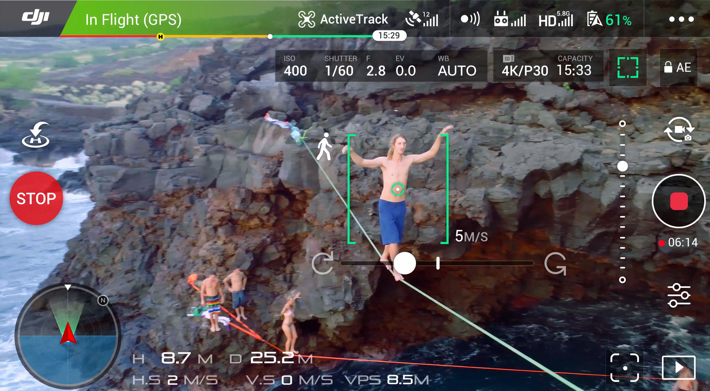
Active Track
The Phantom 4 Pro automatically recognizes subjects, follows and captures them as they move, making it easier to get complex shots.
Following fast-moving objects can be very challenging, but advanced image recognition algorithms used by the Phantom 4 Pro allow it to recognize and track the object while
keeping it in frame. This new algorithm also recognizes more subjects, from people to vehicles to animals, and will adjust its flight dynamics to match, ensuring smoother shots.
Pilots can now choose between:
Trace – Follow behind or in front of a subject, avoiding obstacles automatically.
Profile – Fly alongside a subject at a variety of angles to get profile shots of the subject.
Spotlight – Keep the camera trained on a subject while the aircraft flies almost anywhere.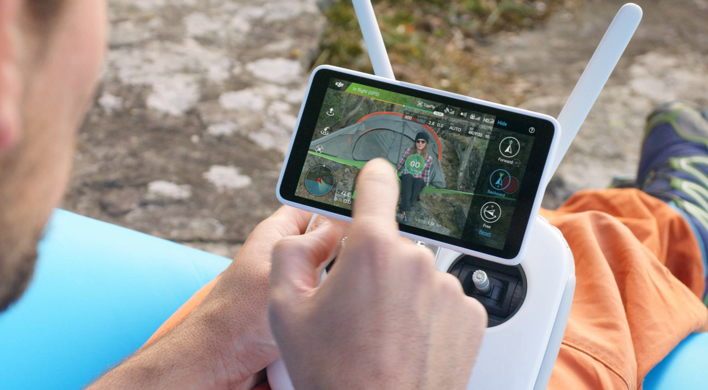
Tapfly
Fly in any direction visible on-screen with a simple tap. Tap anywhere on-screen to smoothly adjust the direction of flight while automatically avoiding obstacles * and tap the screen again or use control sticks to change direction. A new AR route function shows the aircraft’s real-time flight direction for reference as its route is adjusted.
As it can be difficult to control altitude, course, speed and camera pitch simultaneously using joysticks, TapFly Free allows a pilot to set the direction of flight, allowing them to turn the Phantom 4 Pro or tilt the gimbal as required without changing the direction of flight. In total, there are now three TapFly modes:
TapFly Forward – Tap to fly in the selected direction
TapFly Backward – Tap to fly in the opposite direction of the tap, i.e. tap in the bottom right corner of the screen to fly backward towards the top left.
TapFly Free – Lock the forward direction of the Phantom without locking the camera direction allowing it to turn as it flies.
*Obstacle Avoidance is not available with TapFly Free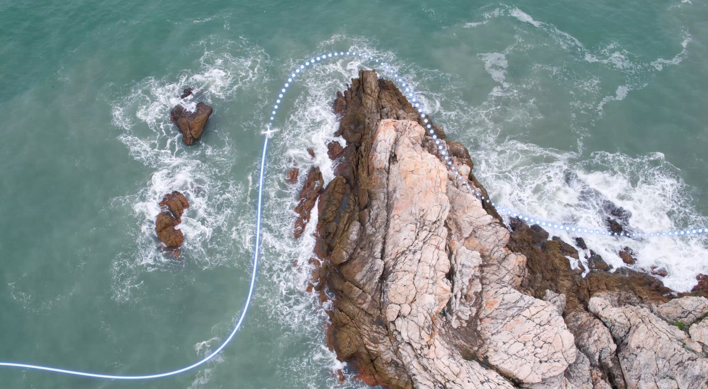
Return to home
In its upgraded Return to Home mode, the Phantom 4 Pro can automatically choose the best route to return home depending on environmental conditions. It records its route as it flies, allowing it to return along the same route avoiding obstacles if the control signal is disconnected.
Based on its altitude at the time of disconnection, the Phantom 4 Pro is also able to adjust its flight path to avoid obstacles it has seen during its flight. At takeoff, the Phantom 4 Pro will record the scene below and compare its recording with what it sees as it returns, for more precise landing. It can also detect the ground to see whether there is suitable spot for landing. If any obstacles are found, or there is water on the ground, it will alert the pilot and hover at an appropriate height, helping the aircraft to land more safely.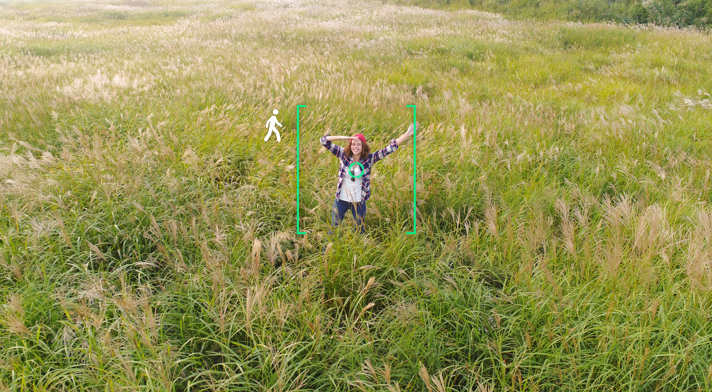
Gesture mode
Using Gesture Mode, selfies can be captured easily using a few gestures without the remote controller. Advanced computer vision technology allows the Phantom 4 Pro to take instructions through gestures. The subject simply lifts their arms when facing the camera and the aircraft will recognize this movement by locking on and placing the subject in the center of the frame. When ready for a photo, the subject holds their arms out to signal the aircraft. A three second countdown will begin, making time to strike a pose, allowing moments to be captured without the remote control.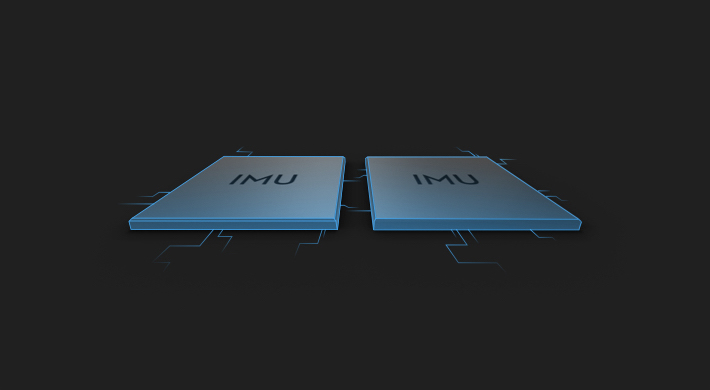
Sensor Redundancy
The Phantom 4 Pro features dual compass modules and dual IMU units, making it more reliable when compared to many hexacopters and octocopers. Compasses and IMUs are important sensors to ensure a stable flight and the Phantom 4 Pro constantly compares the data it receives through both pairs. This data is run through advanced algorithms to check accuracy and any inaccurate data is simply discarded without affecting flight, keeping flight steady and reliable.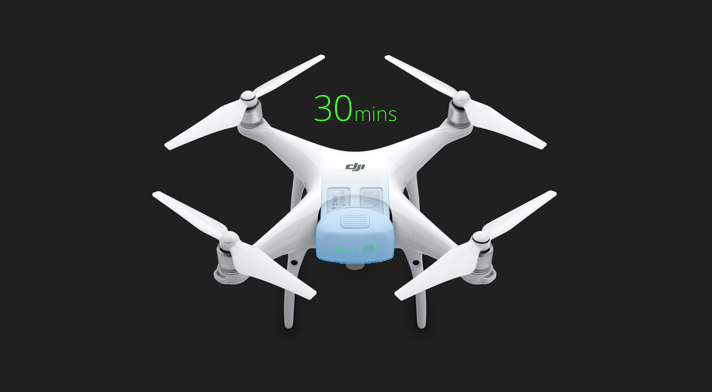
Intelligent Batteries
Professional aerial imaging benefits from longer flight times. The Phantom 4 Pro has a maximum flight time of 30 minutes, providing more time in the air to capture the perfect shot. The DJI GO app shows battery lifetime and calculates remaining flight times according to distance traveled and more. It will give alerts when it reaches a minimum safe amount required for a safe journey back to the takeoff point. An advanced battery management system is also in place to prevent overcharging and over draining. When placed in longer term storage, batteries will discharge power to maintain good health.
Oficina
REPARAÇÕES - MANUTENÇÕES - UPGRADES
Garantimos as reparações no seu equipamento de radiomodelismo, desde os Drones, Carros, Helis, Aviões ou Barcos, contando com uma oficina própria e pessoal especializado. (estático, rádio controle, reparação electrónica, etc.)
Pode contar com um serviço de excelência, com aconselhamento dos acessórios ou peças ajustado às suas necessidades e com a garantia da qualidade que os nossos serviços oferecem.
Sabemos que nem todos são experientes e muitas vezes os primeiros passos no radiomodelismo são obscuros e difíceis, mas estamos cá para o ajudar e acompanhar na evolução do seu conhecimento deste fabuloso hobby.
Quer evoluir o seu veículo? Pois conte connosco no melhor aconselhamento para fazer um upgrade completo, por fases ou mesmo para acrescentar o acessório que tanto quer mas não tem o conhecimento suficiente para o aplicar.
Conte connosco, conte com orçamentos grátis, claros e sem surpresas no final.
Comprado na SVModelismo ou noutra loja, o seu veículo é sempre bem tratado com os nossos técnicos e com uma oficina completa.
Clique aqui e marque já uma visita ou peça o seu orçamento grátis!









































